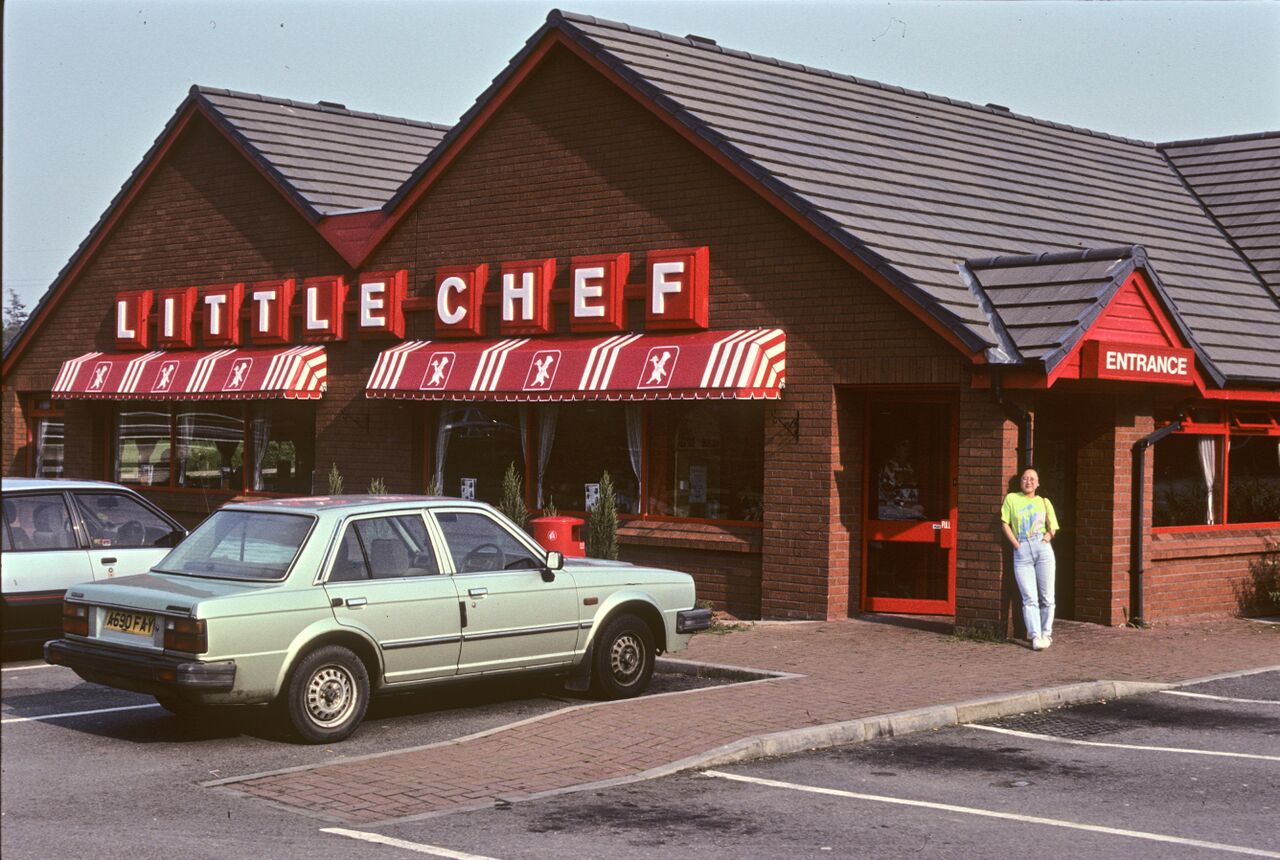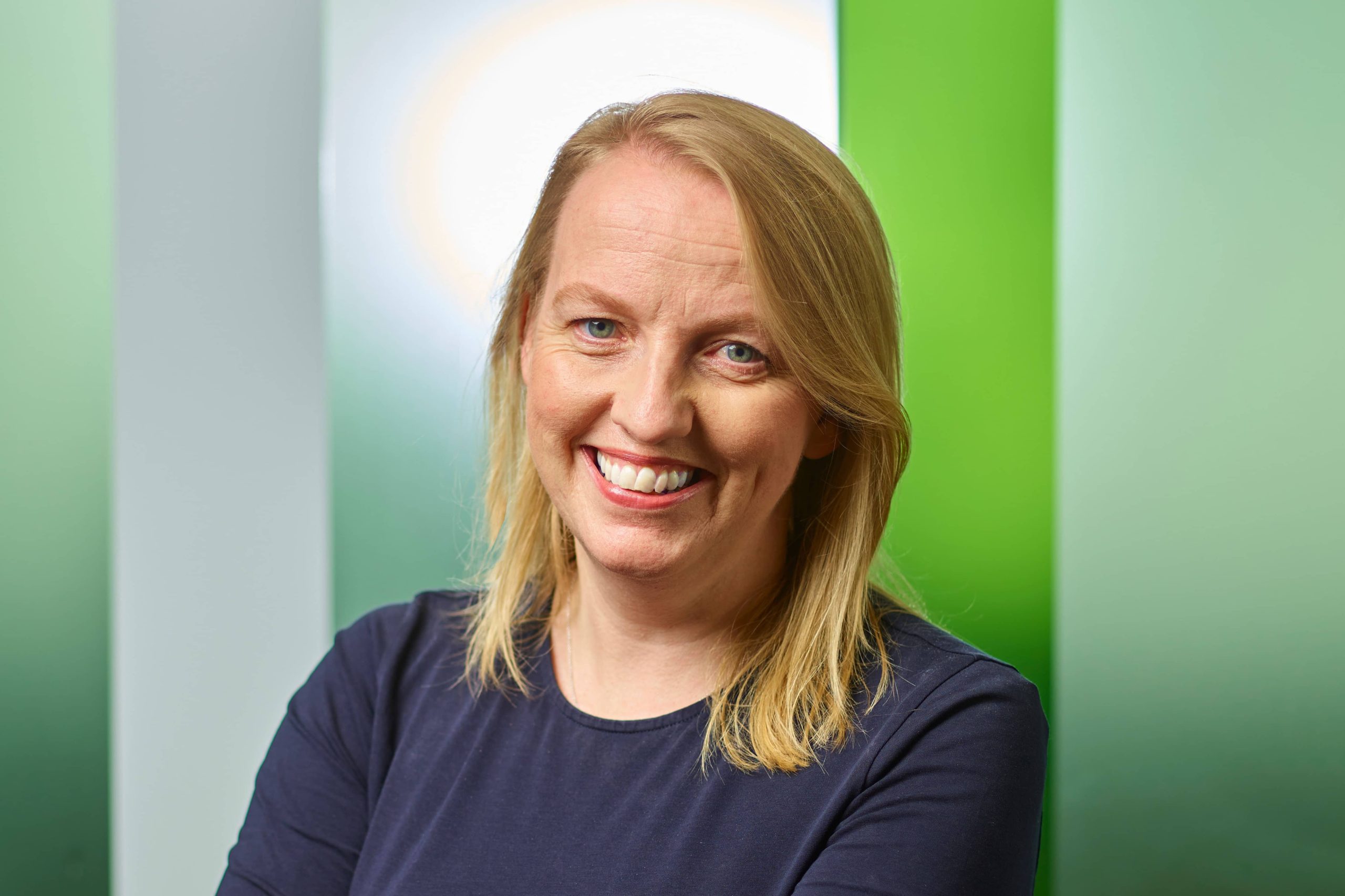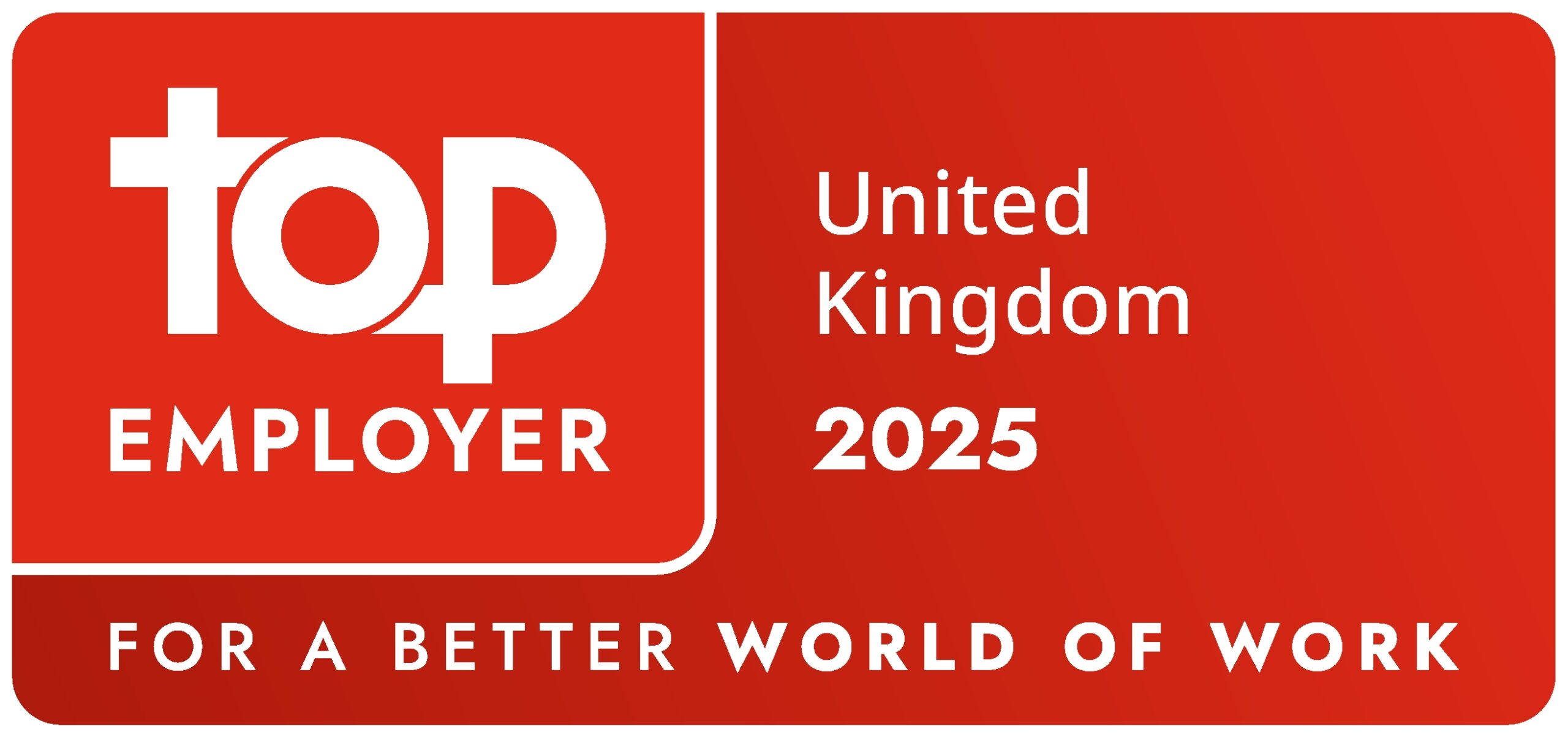Understanding the drive from buy-in to buy-out
The classic question from young children travelling in the back of a car who have little concept of distance and time is “Are we nearly there yet?”.
With many pension schemes working hard to secure a buy-in policy, once the sexy (to the extent pensions ever is) part of securing a policy with an insurer is done, there seems to be a collective de-aging process when it transpires buy-out is not right round the corner.
Do advisers need to think about how to better explain the distance that needs to be covered between buy-in to buy-out and the time it will take?
With all the focus on the glory and glamour of the buy-in, there seems to be little time left over to set out the key workstreams that schemes need to complete, before the “in” becomes an “out”, and schemes can plan the shattering of the bulk annuity policy into the individual policies to be sent out to the members and the trustee can wave goodbye and terminate the trust.
Perhaps we could all be a little better at explaining to our buy-in policy holding friends that, as a minimum, the road to buy-out will usually involve:
- The data cleanse – under most buy-in contracts this is usually 24 months during which the scheme’s administrator needs to sort out the data, go through the verification process in order that the final true-up payment / refund can be made and any adjustments to the policy done.
- GMP equalisation – the journey to buy-out might not be planned, but the conclusion of the trilogy of GMP reconciliation, rectification and equalisation should be regarded as a film in which the sponsor and trustees are fully aware that the plot will take time to unfold. The unlovable issue of historic transfers and nil liability cases (“Wait, there’s yet more GMP equalisation work to be done?”) also needs to be dealt with pre-buy-out.
- Deferred premiums and illiquid assets – while the previous Chancellor’s Mansion House speech aimed to increase investment in illiquid assets by DC schemes a lot of DB schemes are trying to sell off, without a massive loss, their illiquid assets to fund the deferred premium element in their scheme’s buy-in. Most companies don’t want to give the trustee a loan and prefer the illiquids are sold or reach their end date, and that will take time.
- Outstanding benefit issues – known variously as mismatches, unalignments, knotty problems and sometimes even named after the scheme actuary, the list of benefit mismatches between the rules and administration, or those benefits which couldn’t be insured because they are not in the format the market can deal with, still have to be considered and dealt with before the ultimate discharge of that liability can be achieved.
- Actuarial valuations – once in actual wind-up the Scheme Funding regulations do adjust the level of compliance / work on a valuation, but finance directors often cannot believe that they are still having to go through a minimal valuation process. “Really? Aren’t we there yet?”.
- Pensions dashboards – the dash to buy-out may be driven by the fact that the long stop 31 October 2026 deadline looms on the horizon.
- Governance, trustee indemnities/ insurance and arriving at the tell everyone stage of the journey – why does this all matter? Well, along the way the sponsors probably gave an indemnity to the trustees post winding-up and so should be on board with making sure all is done in a diligent manner in order that a full discharge of the liabilities of the scheme can be facilitated at the point of winding-up, and the chance of any claims on that protection, are minimised.
For those children of the 1970s and 80s amongst us, the sadness that the Little Chef brand is no longer operating in the UK tinges the ending of the scheme, as there isn’t even the opportunity to tell the trustee or the sponsor who is asking “Are we there yet?” that you can pull off the road and have an Olympic breakfast or Jubilee pancakes with a lolly to follow, as a break on the journey to buy-out.
Not as sexy as the buy-in project but just as important, the road to buy-out needs to be better understood.









